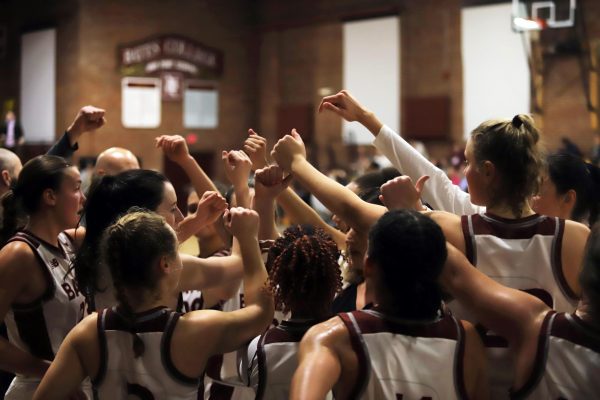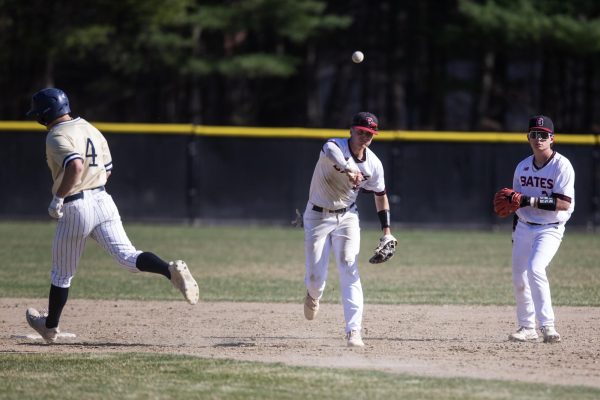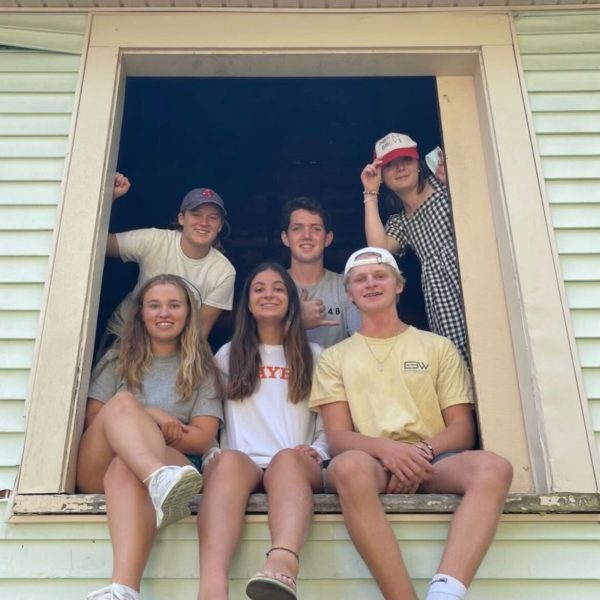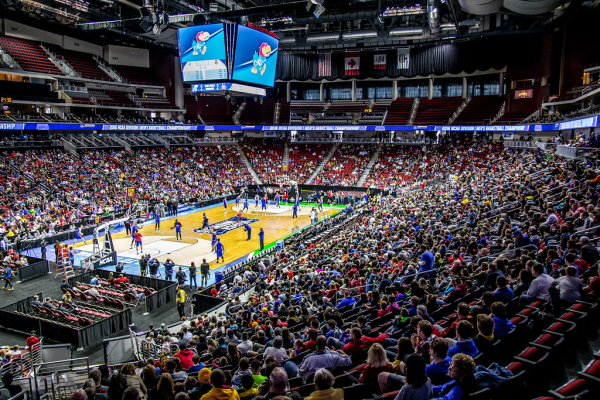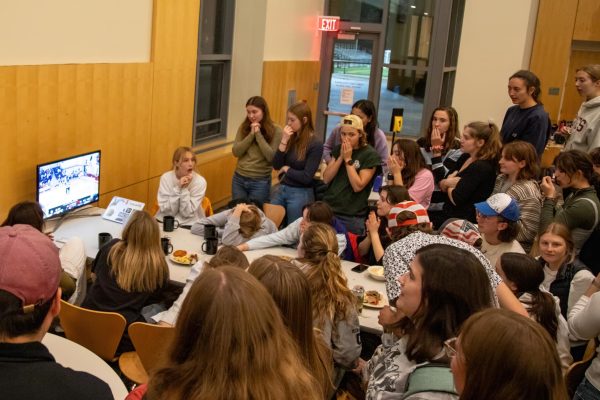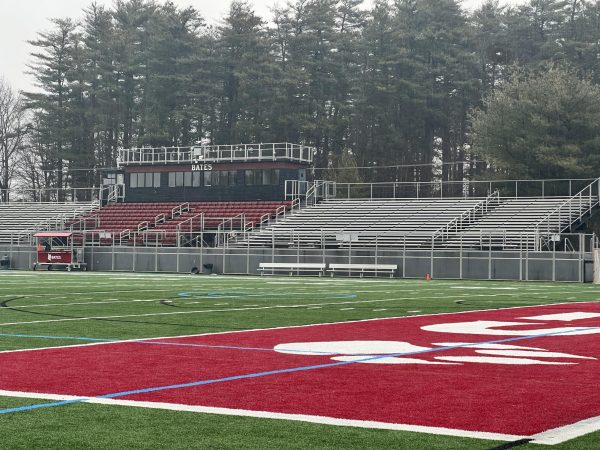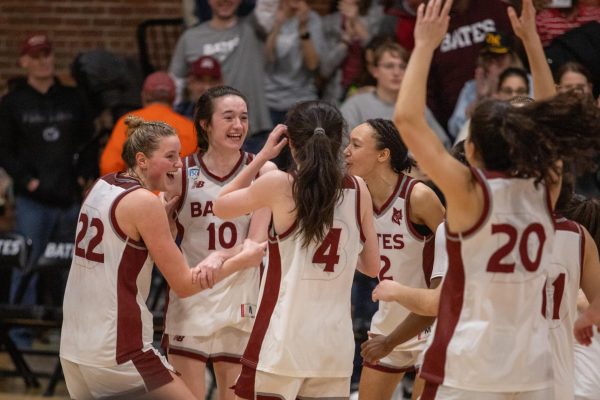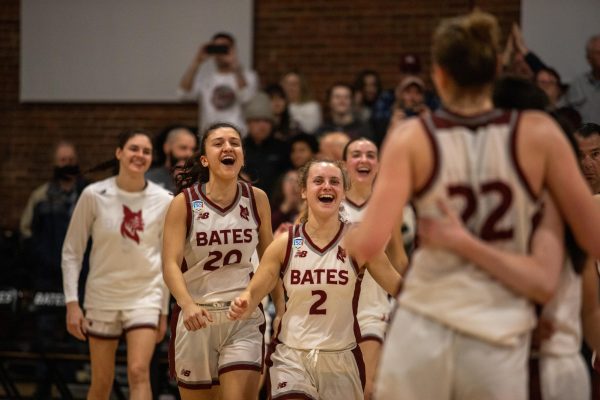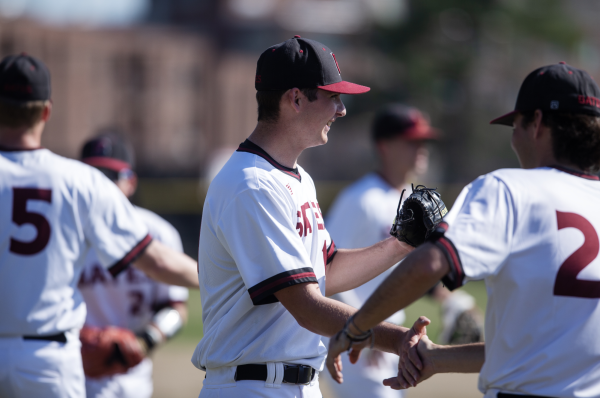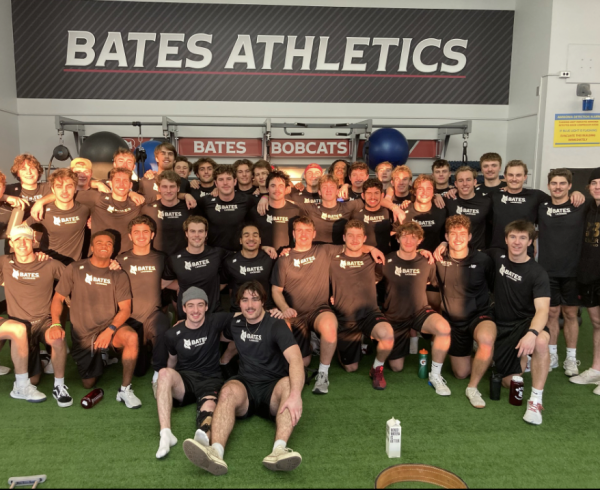Checking in on College Athletics: What’s Happening?
August has come and gone, and despite all the backlash, scrutiny, and uproar, some version of college athletics is somehow forging ahead. The first major Division I football game of the fall, Navy vs. Brigham Young University (BYU), took place without fans present on Sept. 7th, ending in a blowout 55-3 BYU victory. It is far from the first college football game to be played this fall. Somehow, despite a pandemic that has resulted in nearly 200,000 deaths in the United States alone, college athletics are continuing to find a way to proceed.
As of now, six Division I college football conferences (with the inclusion of Notre Dame, following them opting in to the Atlantic Coast Conference (ACC)) are scheduled to play. Fifty-three other Football Bowl Subdivision (FBS) programs are sitting this season out, at best until the spring. Meanwhile, the NCAA is attempting to move D1 fall championships, such as cross country, soccer, volleyball, water polo, and some Football Championship Subdivision (FCS), to the spring. Blanket eligibility waivers were issued for all fall student-athletes as well.
If one takes a look through ESPN’s continuously updated article “The Coronavirus and College Sports,” there is not a lot of positive information to be found. Since the start of September, ten University of Central Florida football players have opted out, as well as the University of Georgia quarterback Jamie Newman. Iowa State, as well as the No. 1 nationally-ranked Clemson, have both announced their opening games will be played without fans. Maryland, Indiana, and Rice have all suspended their athletic programming in some form or another. If this does not sound bleak, I am not quite sure what does.
The dedication to making college athletics happen this fall in some capacity is remarkable. At the University of North Carolina at Chapel Hill, in-person classes were canceled and on-campus students were told to finish their classes remotely from home with one exception: student-athletes.
In a statement released by the institution, student-athletes “will continue to attend online classes and may choose to remain in their…current residences.” The school added, “We are expecting to play this fall and we will continue to evaluate the situation in coordination with the university, ACC, state and local officials, and health officials.”
All of this begs the question: why? Why are schools across the country trying so hard to make fall athletics happen?
I’ve stated before, as a student-athlete, I don’t think one will hear much complaining about being able to play and having athletic departments fighting for their athletes. At the same time, there comes a point where one has to step back and wonder when is enough, enough? Coronavirus is not particularly dangerous to healthy, college-aged students, but given the uncertainty of the long-term effects of the virus, the risk has to weigh on the minds of the NCAA, athletic conferences, and athletic departments that are making the decision to forge ahead.
The Navy vs. BYU game was, quite frankly, boring. Both teams looked rusty and sluggish, Navy obviously more so than BYU. But the game lacked the atmosphere that traditionally comes with college athletics and particularly the big-ticket sports, such as football or basketball.
Knowing that there is both a diminished product on the field and in the overall experience of the game, one has to wonder what the point of it all is. Every athlete works hard and loves their respective sports, but if any championship this fall is simply not going to have the same value as other seasons, because of how staunchly different the college athletics landscape is, then why bother?
It is difficult to see college athletics in this position. One should genuinely hope for success for the conferences and schools that are playing this fall. If they manage to avoid outbreaks and the potential long-term effects of COVID-19, that is a massive success and all involved should be lauded for that success. But there is real risk involved, and hopefully, those in positions of power within the NCAA, the athletic conferences, and athletic departments feel prepared to shoulder the responsibility if college sports are unable to stay one step ahead of coronavirus.
Your donation will support the student journalists of Bates College and help us cover our annual website hosting costs.

Jackson Elkins is a senior from South Deerfield, Mass. He is a double major in Economics and European Studies with a minor in German Language and Culture....


